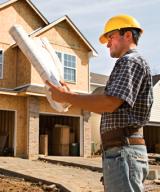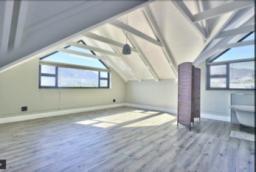How to Identify Defects in Old Buildings

How to Identify Defects in Old Buildings
A Building Condition Inspection is necessary before plunging into a property buying decision for it implements modern technology to identify issues. Defects affect the performance of a building during its occupancy stage. Older homes are more prone to be laden with defects as there are higher chances of worn out/ faulty construction, design issues, wear & tear due to efflux of time and lack of maintenance. The defects not only affect the building but also reduce its value. Re-modelling might also turn out to be a costly affair. Therefore it is of utmost importance that a Third Party Building Condition Assessment is arranged for so that the issues can be addressed before it is too late.
There are several areas where issues occur in old buildings. Some of them might be right in front of your eyes while some are hidden problems. How to identify them? Here are a few ideas:
Foundation and walls
That the foundation of the old building is defective can be understood from many signs, the most important being crack at junction of plinth protection and external walls. Moreover, inadequate draining and cracking concrete are also evident. Cement, bricks, concrete, wood, etc. are the most common raw materials of Indian houses. Older houses have older bricks and mortars exposed to temperature fluctuations and moisture years after years. The frequent shrinkage and expansion cause cracks on walls, which widen as the building gets older. Warping, sloping or sagging wall and floor also speak of aging of the house.
Another cause of deterioration of the health of old buildings is rising damp. The treatment of this problem is complex and mostly, invasive. Before going in for any such an elaborate, cost-intensive procedure it is advisable to assess the damage properly. Inspecting an old building reduces the chances of any adverse aftermath.
Roof and Floor
In old buildings, roofs and floors are invariably made of concrete. The cold, strong concrete floors are almost synonymous with heritage properties. They seem to be so steeped in history and tradition. However, concrete surfaces are often found to have mild undulations, faulty sloping, and poor waterproofing. For roofs, especially, these features turn out to be quite disadvantageous. After a heavy shower, water stands still on them and if the roof is not waterproof, seepage begins. Concrete floors, on the other hand, develop hairline cracks with time. These cracks appear mainly due to an improper foundation (shrinkage cracks), temperature/ curing problems or as an aftermath of seismic vibration, that is, earthquake.
There are two types of concrete shrinkage cracks:
i. Meandering fine crack.
ii. Straight crack.
Meandering fine cracks appear in the open floor area while the straight cracks appear at the juncture of the concrete floor and the base of the wall which it meets. While these cracks are usually very fine, prolonged neglect and regular wear can widen them leading to severe dampness, fungal growth, and pest problems. Only visual inspection is enough to reveal these cracks but you have to be very vigilant. Once the cracks begin to widen, they may require costly repair.


